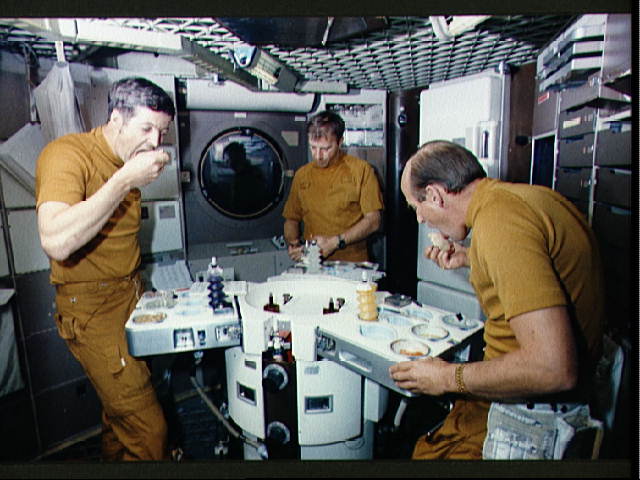Simulated Mars Base Will Help Future Menu Planners Pack the Interplanetary Pantry
With Mars500 now behind us, NASA is dialing up its own Mars mission simulation in conjunction with Cornell and the...

With Mars500 now behind us, NASA is dialing up its own Mars mission simulation in conjunction with Cornell and the University of Hawaii-Manoa. Unlike Mars500, the NASA-sponsored sim won’t run the full 520 days estimated as necessary to complete a real Mars mission. But the four-month simulation will focus very heavily on one critical aspect of any future manned voyage to deep space: food.
NASA wants to know the cheapest and easiest ways to round out an interplanetary pantry so that astronauts will get the nutrition they need while being able to change up their diets enough to keep things interesting. That’s why Cornell and U. of Hawaii-Manoa are looking to sequester six people in a simulated Mars base on a lava flow in Hawaii–to study menu fatigue and menu engineering to develop best practices for outfitting future missions.
The volunteers will take on the roles of astronauts, wearing hazmat suits to simulate the experience of wearing radiation shielding clothing and living in close quarters. They’ll be outfitted with a mix of pre-prepared astronaut foods like those NASA uses today and some preservable unprepared foods like freeze-dried meats and baking ingredients for making their own meals. From that, NASA hopes to get some reasonably good data on how the simulated astronauts adapt to their limited menu options and what items are found to be most versatile.
If you wish to volunteer your time and intestinal fortitude to the cause of interplanetary space science, auditions are on now. To apply, click over to U. of Hawaii-Manoa before Feb. 29.